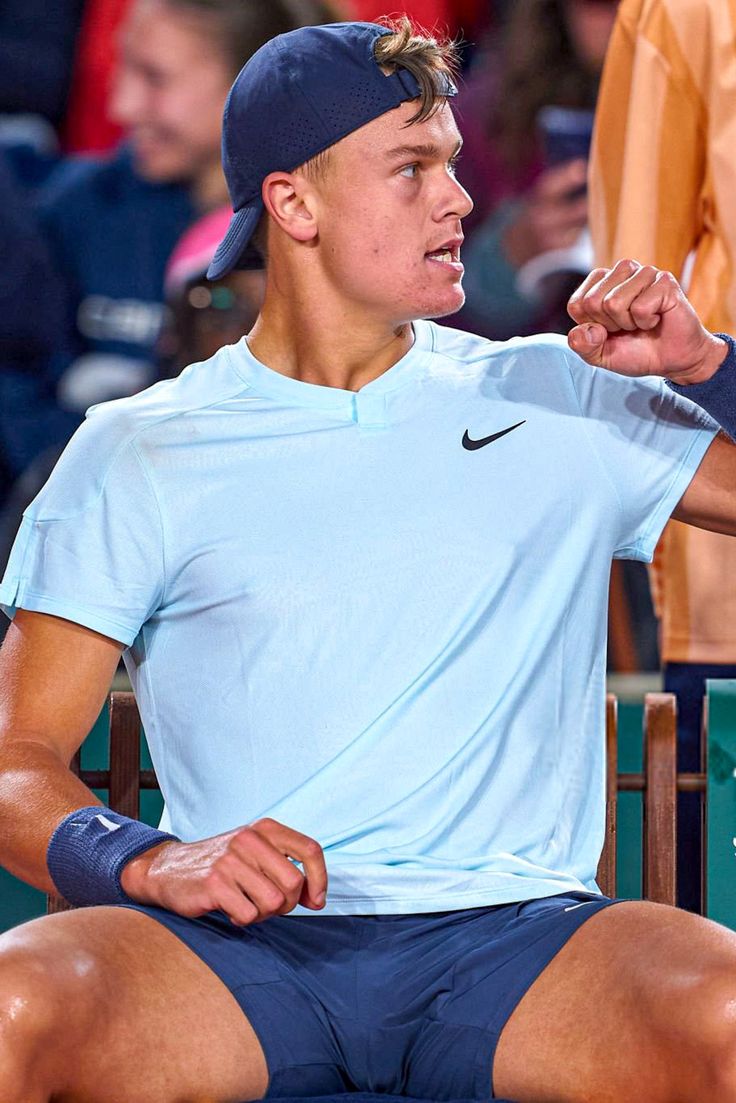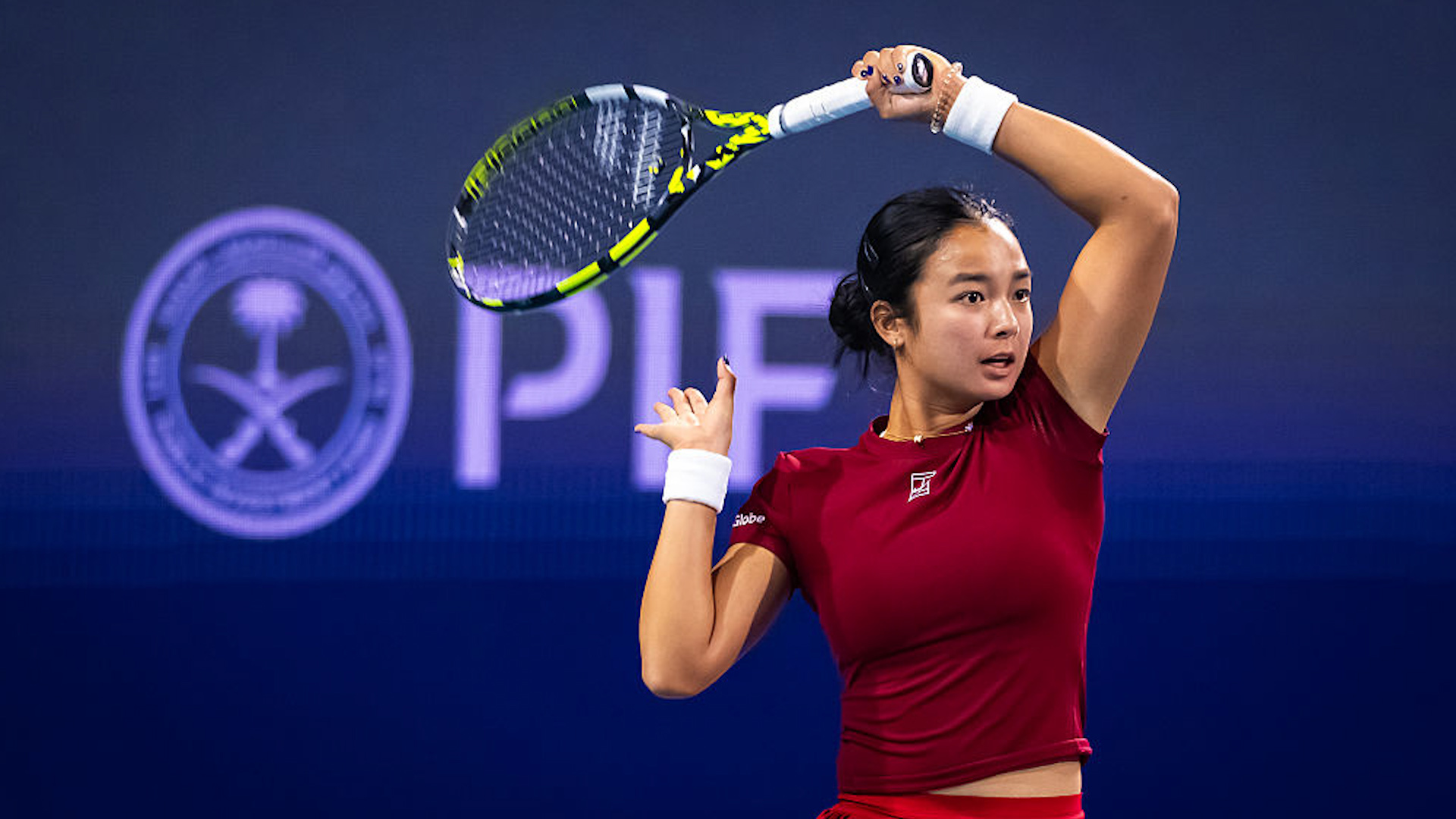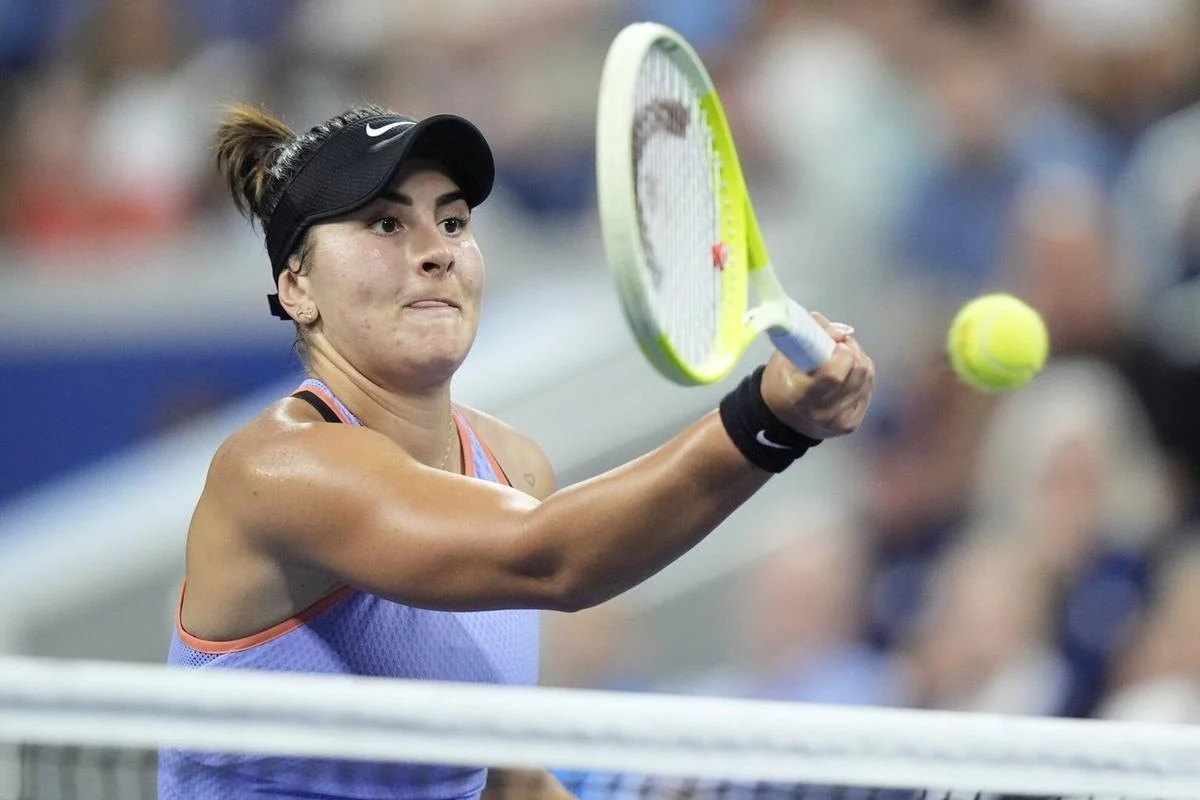Introduction: Why Holger Rune’s Warning About the Rome Open Surface Matters

The 2025 Rome Open may be one of the ATP’s marquee clay-court events, but this year, controversy has overshadowed the competition. Danish tennis sensation Holger Rune, currently ranked in the ATP Top 10, didn’t hold back after his second-round win — not about his opponent, but about the playing surface itself.
In a post-match statement that sent shockwaves through the tennis world, Rune openly criticized the Rome Open’s clay courts, calling them “dangerous for the players.” His warning adds to growing concerns about court quality, player safety, and tournament accountability. As injuries pile up across the season, Rune’s comments demand attention.
But why did Rune speak out so strongly? What does this mean for the Rome Open and the future of ATP clay-court events? In this in-depth article, we break down everything you need to know.
Body: Inside the Controversy – Rune’s Rome Open Criticism Explained
1. What Exactly Did Holger Rune Say After His Second-Round Victory?
After defeating Italy’s Luca Nardi in straight sets, Rune used his post-match press conference not to celebrate, but to criticize. His remarks were direct:
“The court is not safe. There are patches where you can easily twist your ankle. I think it’s dangerous for the players.”
Rune is known for his intensity and competitive spirit, but this outburst was different. He wasn’t making excuses — he won. This was about player protection, not performance.
2. Why Are the Rome Open Courts Under Scrutiny in 2025?
While clay courts are naturally unpredictable and slow, the Rome Open’s surfaces have faced increased criticism this year due to:
- Uneven patches
- Loose top layer not properly compacted
- Visible indentations from previous matches
- Complaints from multiple players, not just Rune
Reports suggest poor maintenance during wet conditions caused these issues. According to ATP sources, four players slipped and required medical assessment during early rounds alone — a stat that can’t be ignored.
3. How Do Poor Playing Surfaces Increase Injury Risk?
Rune’s criticism taps into a broader issue — injury risks due to poor court quality. According to a 2023 ATP player safety study, bad surfaces increase injury probability by 31%. Common surface-related injuries include:
- Ankle sprains
- Knee ligament strains
- Hip flexor injuries
- Lower back tension
These injuries don’t just sideline players; they alter careers. Rune’s comments reflect a growing demand for accountability from tournament organizers.
4. Frequently Asked Questions (FAQs) About the Rome Open Surface Scandal
Q1: Is This the First Time the Rome Open Courts Have Faced Criticism?
No. In 2023, Novak Djokovic and Taylor Fritz both commented on inconsistent bounces. However, 2025 marks the first time a Top 10 player has called the surface “dangerous.”
Q2: Are Other Tournaments Facing Similar Surface Issues?
Yes. Several players raised issues at this year’s Barcelona Open and Monte Carlo Masters, although none as severe as those at Rome.
Q3: What Has the ATP Said About Rune’s Comments?
The ATP issued a brief statement acknowledging “concerns raised by players” and confirmed that court inspections are underway. No sanctions or fines were imposed on Rune for his comments — a move that signals his concerns are being taken seriously.
Q4: Can the Rome Open Fix the Surface Mid-Tournament?
It’s difficult, but partial patching and resurfacing have occurred in past ATP events. However, these are temporary fixes that don’t solve deeper structural problems.
Q5: Could This Impact Rune’s Roland Garros Preparation?
Absolutely. Rune’s clay-court rhythm is essential going into Roland Garros, and battling poor conditions could affect his mental and physical readiness.
5. Holger Rune’s Risk-Taking: Why His Boldness Might Benefit the Sport
Rune is not the first to speak out — but he might be the most impactful. In a world where most athletes avoid rocking the boat, Rune’s honesty sends a powerful message:
- Protect the players.
- Improve infrastructure.
- Preserve the integrity of competition.
In an interview with Tennis365, former pro Mats Wilander praised Rune, saying:
“He’s doing what leaders do — taking hits today to prevent injuries tomorrow.”
This leadership approach enhances Rune’s growing reputation — not just as a contender, but as a voice for a new generation of players.
6. The Bigger Picture: What Does This Mean for the Future of ATP Events?
Tournament Accountability Is Now in the Spotlight
Rune’s criticism may mark a turning point. Going forward, ATP events will likely:
- Face increased scrutiny from media and player unions.
- Be required to publish court quality assessments.
- See sanctions or fines for substandard maintenance.
Players May Push for Surface Audits
Expect top players to demand:
- Third-party inspections
- Standardized clay testing
- Independent injury risk analysis
ATP tournaments can no longer rely on prestige alone — safety is now part of the brand.
7. What Can the Rome Open Organizers Do Right Now?
Immediate Actions to Rebuild Trust:
- Publicly Acknowledge the Issue – Transparency builds credibility.
- Commit to Mid-Tournament Maintenance – Even symbolic efforts show care.
- Launch a Post-Tournament Review – Engage independent experts.
- Open Dialogue with Players – A direct forum shows responsiveness.
- Invest in 2026 Surface Overhaul – This must be more than damage control.
Conclusion: A Wake-Up Call from Rune — Will Tennis Listen?
Holger Rune’s warning about the dangerous Rome Open surface is not just a hot take — it’s a call to action.
His comments cut through the noise of match scores and statistics, forcing fans, organizers, and the ATP to ask hard questions:
- Are we doing enough to protect players?
- Should court quality be standardized across events?
- What’s more valuable — tradition or transformation?
Rune may have walked off the court with a win, but his real victory could be igniting reform in professional tennis.
In a sport built on precision, one thing is clear: slippery courts and sloppy maintenance are no longer acceptable. Whether it’s Rome, Roland Garros, or anywhere else, the message is loud and clear — safety comes first.


